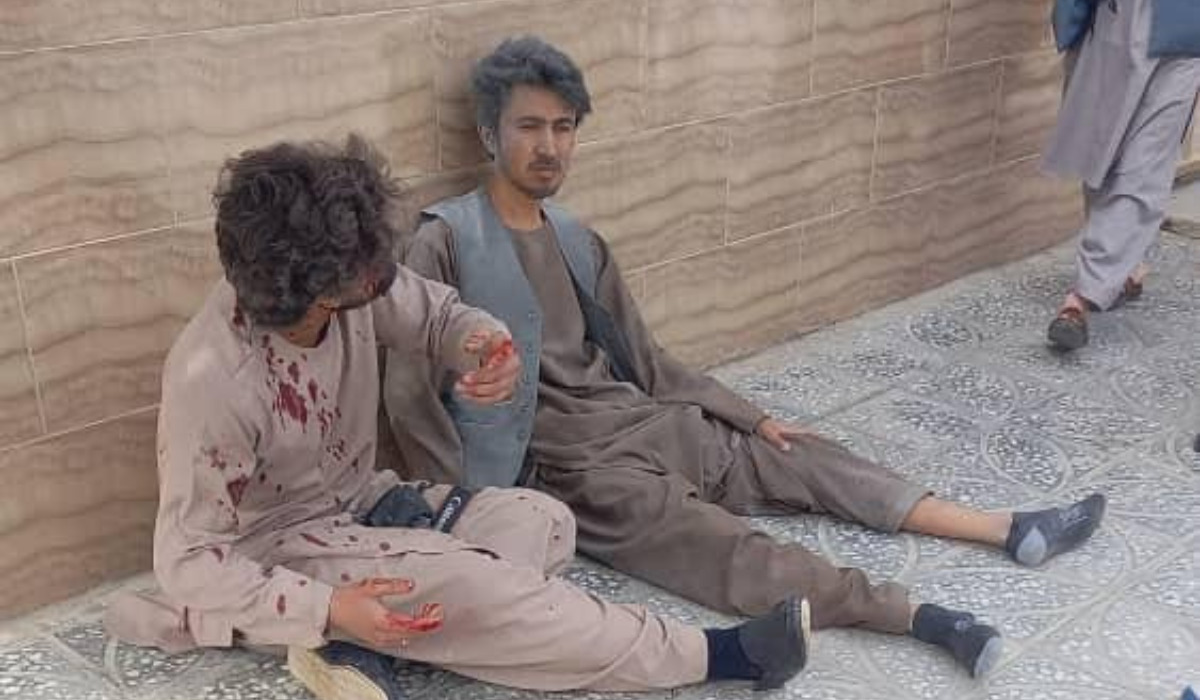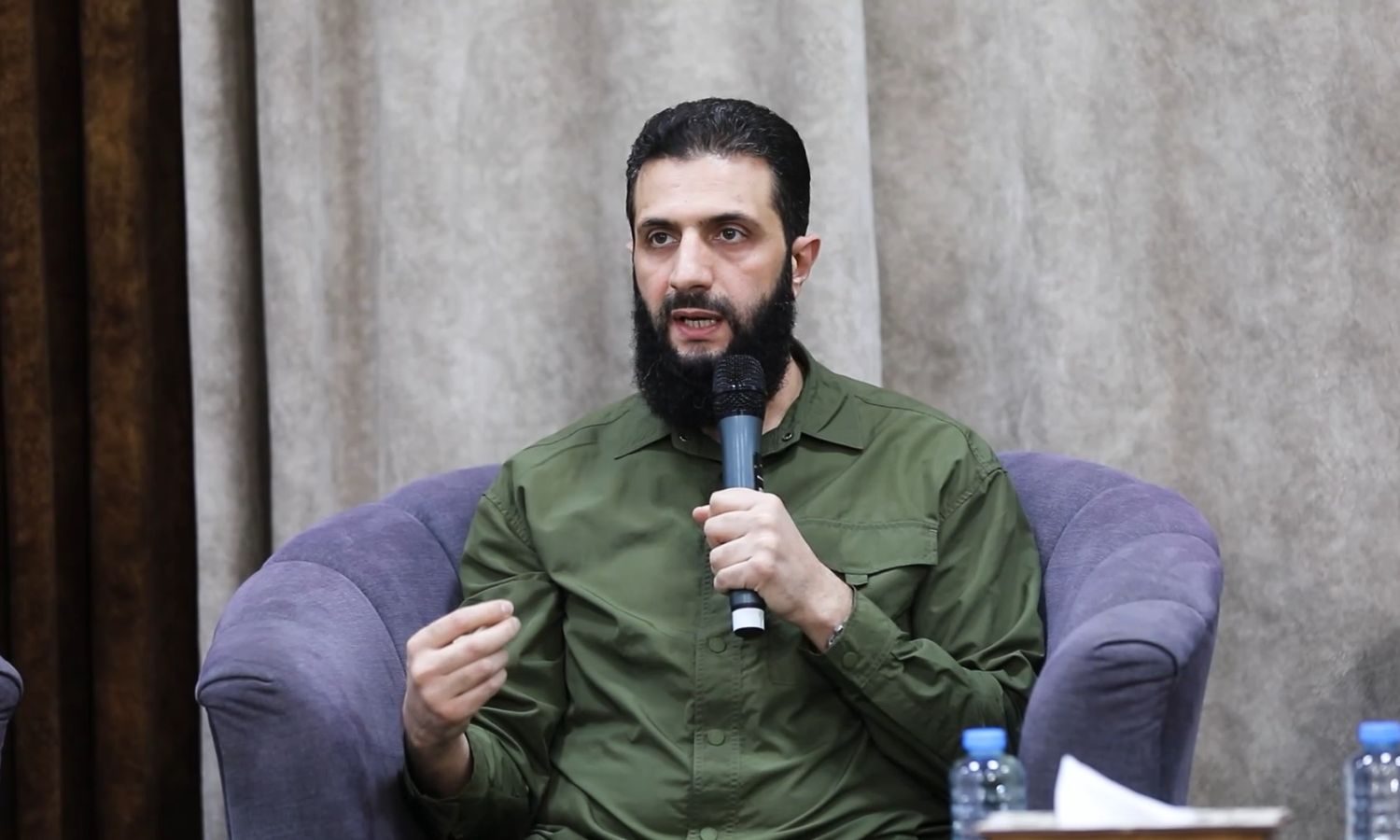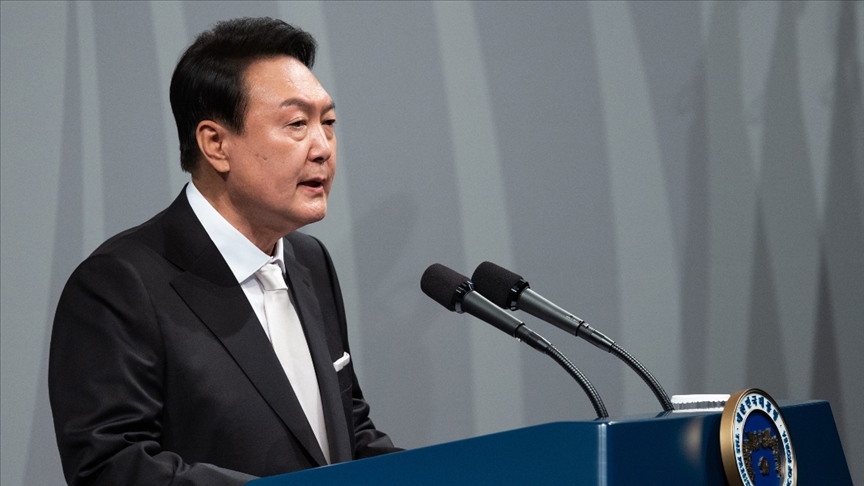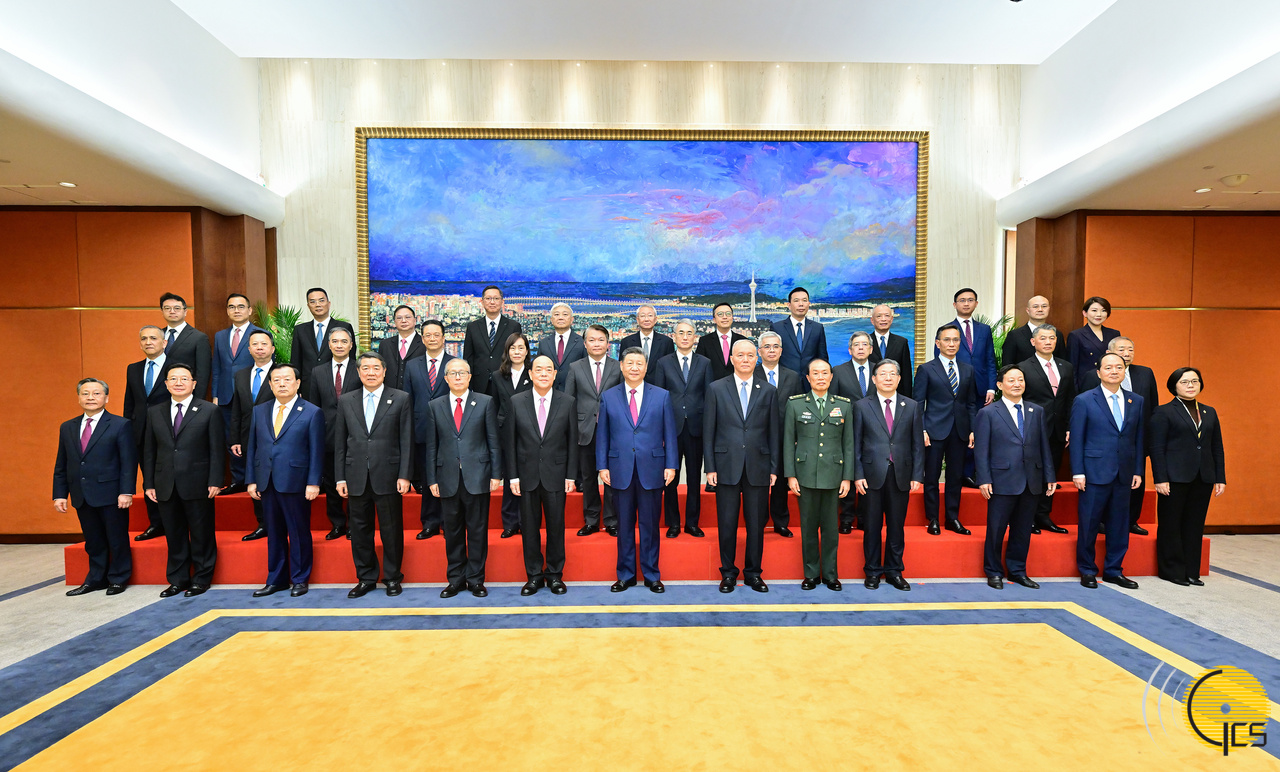The Islamic State (IS), also known as the Daesh terrorist group have claimed responsibility for a bomb attack, targeting journalists in northern Balkh province. In a statement via Amaq News Agency, Daesh said the explosion was caused by a “parcel bomb that IS fighters managed to place and detonate,” killing two people.
The attack occurred inside Tabyan Cultural Center in Mazar-e-Sharif that also left 30 others wounded, including 15 journalists. The attack occurred at an event honoring Afghanistan’s journalists and this was just two days after Daesh killed a Taliban top official in the province.
The event was attended by a number of reporters, religious clerics, scholars, and local officials to speak with journalists and encourage them for their hard work. However, the Taliban had seized the phone cells of all journalists soon after the attack and stopped them from returning home from hospital.
“A number of journalists were evacuated to hospital with minor injuries, but the Taliban locked us in the hospital for several hours,” a wounded journalist told Harici anonymously. He said that the Taliban searched their phones and accused them for being involved or having a hand in the bombing.
Another source from Balkh said that the relatives of wounded journalists who visited the hospital were also arrested. They were released later.
Reinforce safety of journalists
As the current government of Afghanistan, the Taliban must take every available measure to reinforce the safety of journalists and media workers. It is also the obligation of the Taliban to bring the perpetrator of crimes against journalists to justice. The journalists must be protected from threats, violence, arbitrary arrest and death.
Several journalists came under attack and lost their lives during the previous government, and the Taliban was blamed all the time. At the same time many people were skeptical that the government itself (republic) was behind many incidents of killing and violence against the journalists.
The Taliban before seizing power in 2021, had time and again rejected involvement for journalist-related incidents, and irreversibly they condemned the attack on journalists.
However, the real test for the Taliban starts today as they are now in power and running the country. “Taliban is responsible for our security and safety,” a journalist said.
He went on to say that the Taliban must ensure journalist’s safety because information and ideas should be shared freely without fear or repercussion because it benefits the government and the whole society.
Attack on journalists strongly condemned
Media-supporting organizations and journalists have strongly condemned the attack and called on the Taliban to ensure safety of journalists.
Masror Lutfi, a member of Afghanistan’s Journalists Union, said that attack on journalists is a matter of concern and the related security officials must take the issue seriously.
“We are journalists. We are not connecting to any parties or groups. So why should we be the target,” Lutfi added.
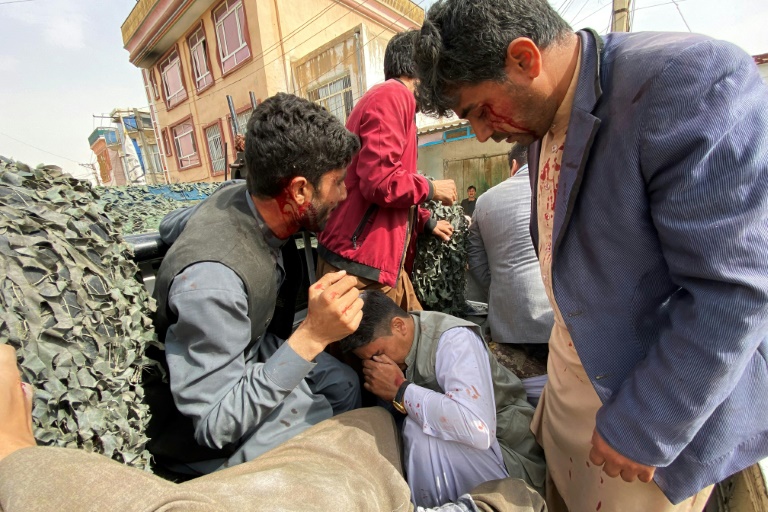
Wounded journalists are driven to hospital after a bomb attack in Mazar-i-Sharif in Afghanistan’s north
Another journalist, Zaher Akbari said that they are very sad to see some of their friends receive injuries. “One of my friends is critically wounded and he is in hospital for medical treatment. I am really concerned about his safety,” Akbari added.
UNAMA also condemned the “despicable attack on journalists” in Mazar-e Sharif, adding that “Afghan reporters show immense courage and must be protected.”
Attacks on journalists blow to freedom of press
This attack on journalists is another blow to freedom of expression in Afghanistan and increased protection is necessary, said the UN special rapporteur, Richard Bennett.
“This violence needs to stop… Journalists risk their lives for their work and have to be protected,” she said. “They are Not a Target!” said chargé d’affaires of the EU delegation in Afghanistan, Raffaella Iodice in a tweet message.
The US special envoy for Afghanistan, Thomas West, also condemned the blast and said that he is “deeply saddened by the terrorist attack on journalists at the Tabyan Cultural Centre.”
“We believe in the resilience of the Afghan people and their capacity to rebound,” West said.
Meanwhile, the Taliban said that they have taken every measure to prevent attacks on journalists.
Deputy Minister of Information and Culture, Mahajar Farahi said that there have not been any murder cases of journalists since August 15 2021 when they returned to power.
“This is the first incident against journalists and it happened due to their negligence,” Farahi said without providing details of what kind of negligence.
Second blast in Mazar-e-Sharif
The attack against journalists in Mazar-e-Sharif is the second within the past three days that was again claimed by the Daesh group.
The CCTV footage shows a male Daesh bomber enters into to the office of Balkh’s governor Mohammad Muzammil and detonated his suicide vest, killing him and two others.
Killing of Muzammil was one of the highest-level attacks claimed by Daesh, a group the Taliban said would eliminate them in the nearest future.
“We are ready to launch a comprehensive operation against the Daesh militants in the near future,” a Taliban official at the ministry of defense told Harici.
Speaking anonymously, he said that ministries of defense and interior as well as intelligence department had decided to go for full-scale operations against Daesh rebels within 15 days.
Violence has dramatically dropped since the Taliban seized power in 2021, but the security situation has agin deteriorated with Daesh carrying out several deadly attacks.
Daesh had recently also attacked foreigners and foreign interests and the group had often targeted the minority Shiite and Sufi communities.
Journalist released after three months
A journalist from Zarghoon TV in Khost province has been released after three months of captivity. Afghanistan Journalists Center on Monday said that Qudratullah Tarar was released four weeks ago but kept it secret due to some reasons.
Taliban arrested him on November 11, 2022, in Khost and later transferred him to Kabul. He was arrested for his post on social media, but still there is no clear reason behind his arrest.
Meanwhile, the Center also called on the Taliban to release two other journalists, including an Afghan-French reporter.
Taliban arrested them two months ago. Mortaza Behboudi was arrested on December 8, 2022, in Kabul and Khairullah Parhar was arrested on December 10.

 EUROPE1 week ago
EUROPE1 week ago
 OPINION2 weeks ago
OPINION2 weeks ago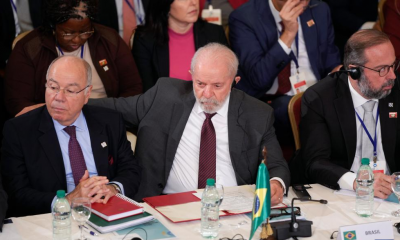
 OPINION1 week ago
OPINION1 week ago
 DIPLOMACY2 weeks ago
DIPLOMACY2 weeks ago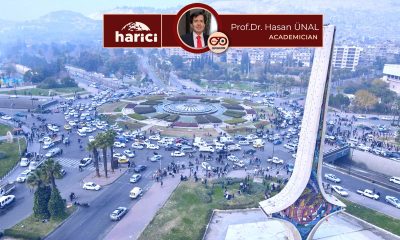
 OPINION2 weeks ago
OPINION2 weeks ago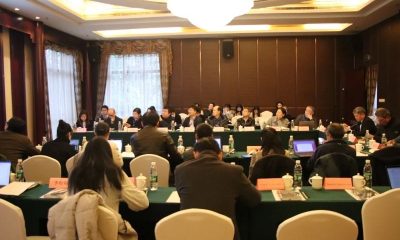
 ASIA1 week ago
ASIA1 week ago
 MIDDLE EAST1 week ago
MIDDLE EAST1 week ago
 MIDDLE EAST2 weeks ago
MIDDLE EAST2 weeks ago
